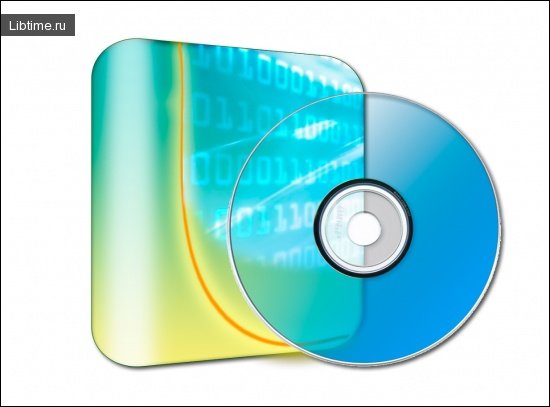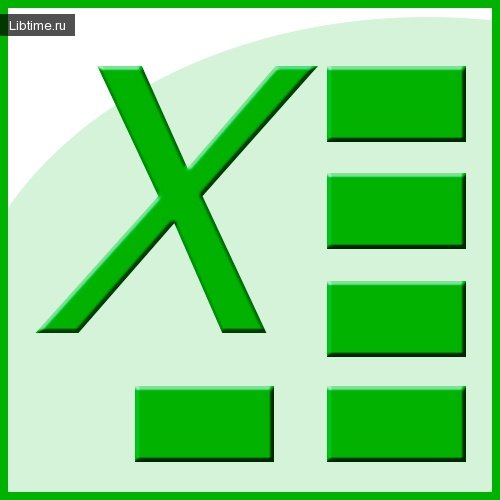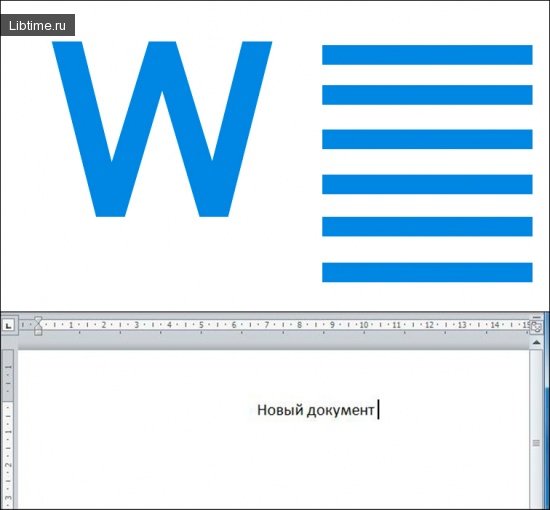Printers. Types of printers
Printers are differentiated by the method of imaging. Types of printers: 
- Matrix (needle) - the image is applied by striking several needles that form a matrix.
- Inkjet - the image is applied by an aerosol jet of ink.
- Laser - the image is produced by fixing powder toner, which is applied to an electrographic copy of the original, forming a laser beam.
- Thermal - the image is created by thermal transfer of dye in the liquid or gas phase.
Matrix printers
This type of printer has the following advantages: low cost, versatility of work (you can use paper of any quality). Matrix printer prints with the help of a matrix built into the writing unit, which consists of several needles.
A ribbon is placed between the paper and the writing unit. When the needle strikes the ribbon, a dot is printed on the paper. This node moves in a horizontal line and is controlled by a stepper motor.
Printing Speed. This parameter indicates the number of characters the printer prints per second (cps - character per second).
Printing resolution. This parameter is measured by the number of dots that are printed on one inch (dpi - dots per inch). There are only a few models of color dot matrix printers.
Inkjet printers
The first printers that belonged to this type were produced by Hewlett-Packard. The writing unit consists of a set of capillary nozzles and a reservoir of ink that comes with the cartridge, which is atomized through the nozzles onto the media (sheet of paper). There are two methods of atomizing ink in inkjet printers:
- Piezoelectric method (used most often);
- Gas bubble method.
Piezoelectric method. In each nozzle of a piezoelectric writing unit, a p'ezoelement connected to a diaphragm is installed. When printing, it compresses and unclamps the diaphragm, which causes atomization of ink through the nozzle. Devices of this type are produced by Epson, Brother and others.
Gas bubble method. When using this method, any nozzle is equipped with a heating element. If a microsecond pulse of current is passed through this element, the ink is heated to the boiling point, and the bubbles that have formed, push the ink out of the nozzle. This is the technology used by Hewlett-Packard and Canon. Color printing is achieved by mixing inks of different colors.
Laser printers
Laser printers are a type of printer that allow you to achieve higher quality than inkjet printers. The main unit in a laser printer is the drum, which turns around and transfers the image to the paper. The drum is a metal cylinder covered with a thin layer of photoconductor (usually zinc oxide).
The surface of the drum is statically charged with a corona charge from a wire or grid. A laser beam directed at the drum changes the electrostatic charge at the point where the beam hits and thus creates an electrostatic copy of the image on the drum surface. Then a layer of powder (toner) is applied to the drum. The toner particles are attracted only to the points that have been exposed.
A static charge is applied to a sheet of paper that is drawn from the tray. When applied to the drum, this sheet attracts toner particles from the drum. To fix the toner, the paper is charged again and passed between rollers heated to a temperature of 1800C. When finished, the drum is discharged, cleaned of toner and can be used again. In color printing, the image is applied in several passes. Each time, the right amount of one color is applied to the paper.
Thermal printers
To obtain a better image, especially color, the quality of which is close to that of a color photo, thermal printers are used. Currently, three technologies of color thermal printing are used:
- Thermoplastic printing - molten dye is transferred using current.
- Thermowax printing - contact transfer of molten dye.
- Sublimation printing - thermal transfer of dye.
Common to the last two technologies is heating the dye and transferring it to paper or film in the liquid or gas phase. In thermal wax printers, a ribbon coated with colored wax is heated and the dye dissolved in the wax is transferred to the paper.
The principle of operation of sublimation printers is similar to thermal wax printers, but in them only the dye (without wax base) is applied to the paper. Now very popular are multifunctional devices (MFP) - it is three in one: printer, scanner and photocopier.


